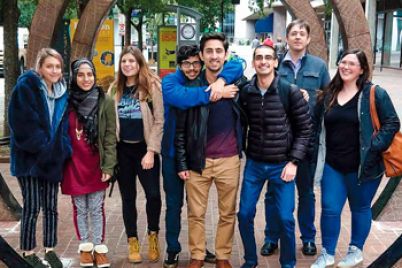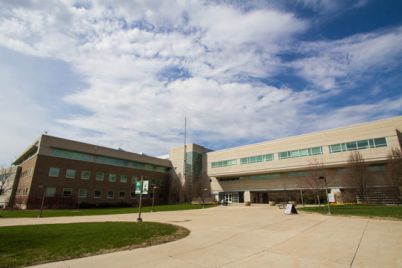
Suni Jo Roberts
Deputy Editor
Black-led social movements have a history of inspiring activism. “The African-American civil rights movement was really the wellspring of all great movements for social justice and equality in the United States,” said George Chauncey of Yale University in an interview with PBS. Along with Ruth Rosen, professor emerita of history, the pair explain that the civil rights and abolitionist movement inspired women’s suffrage in the 19th century; and again inspired the women’s movement in the 1960s. The civil rights movement also had a “profound impact” on the lesbian and gay rights movement.
One way to look at this, is that black people have historically created a platform and foundation for social movements. As in the case of women’s suffrage in the 19th century, this social movement went on to exclude black people. The largest women’s suffrage group, the National Woman Suffrage Association, did not allow black, Asian, or Native women to join.
Social movements which have specifically advocated for the civil rights and freedoms of black people have gone on to benefit other marginalized groups like women and LGBT identified people. The same cannot be said for majority white-led social movements like women’s suffrage or the women’s movement of the 1960s. Critics point out that Betty Friedan’s “A Feminine Mystique” which is said to have sparked the women’s movement in the 1960s, and catapulted Friedan into a feminist leader who later founded NOW, the National Organization of Women, glaringly excluded women of color and the working class.
Today, parallels can be drawn with Black Lives Matter and the Parkland student activists. The Parkland student activists, which now extend far beyond just teens from Marjory Stoneman Douglas High School are often represented by a majority of white students. Time magazine’s recent cover of the activists display four out of five activists as white students. Just like in the past, a black-led social movement has laid the foundation for a movement that has a majority white spokespeople. Unlike in the past, these two groups are advocating for and protesting the same thing: gun violence. This shared goal provides a more clear connection of influence than in the past.
Parkland student activists have mirrored some of BLM protest tactics. BLM had a school walkout to protest police brutality and gun violence much like the March 14 school walkout to protest gun violence. BLM had a “Millions March NYC” just like the “March for our Lives.”
The differences are in the reception of these two groups. Lincoln Anthony Blades, in an article for Teen Vogue, pointed out that the Parkland student activists have received millions of dollars in donations from people like Oprah and George and Amal Clooney. They have received an outpouring of praise from celebrities and policy makers. The New York Times reported on a student march to Parkland, Fla. in which the police in Florida created a police escort for the teenagers and set up water stations for them. This reception has been very different for BLM which has went so far to be called a terrorist group both directly and implied.
BLM deserves credit where it’s due. Parkland student activists understand this, too.
“(4/4) … The Platform us Parkland Students have established is to be shared with every person, black or white, gay or straight, religious or not, who has experienced gun violence, and hand in hand, side by side, We Will Make This Change Together,” tweeted Emma Gonzalez, a prominent Parkland student activist also featured on Time Magazine’s Cover.
Another Parkland student activist pointed out BLM influence in their own activism.
“Much of what I’ve done and wanted to do was inspired by Black Lives Matter. We’re protesting the exact same way and being called heroes just because the majority of us are white. America needs to do better in so many ways,” tweeted @lexforchange, a Parkland student activist named Lex Michael.
Considering the U.S.’s history of black-led movements putting in the necessary groundwork for social movements that went on to exclude them, white people must center the voices and policy aims of the people most affected by this issue. Black children are 10 times more likely to be killed by gun violence than white children, according to a study done by the Centers for Disease Control.
Teen activists inspired by the Parkland school shooting must also include goals and policy initiatives of BLM, as there are many. This means not only advocating for a ban on assault rifles, but advocating for a demilitarization of the police force which has been a stated policy initiative by BLM, which includes discontinuing the arming of police with military weapons.


